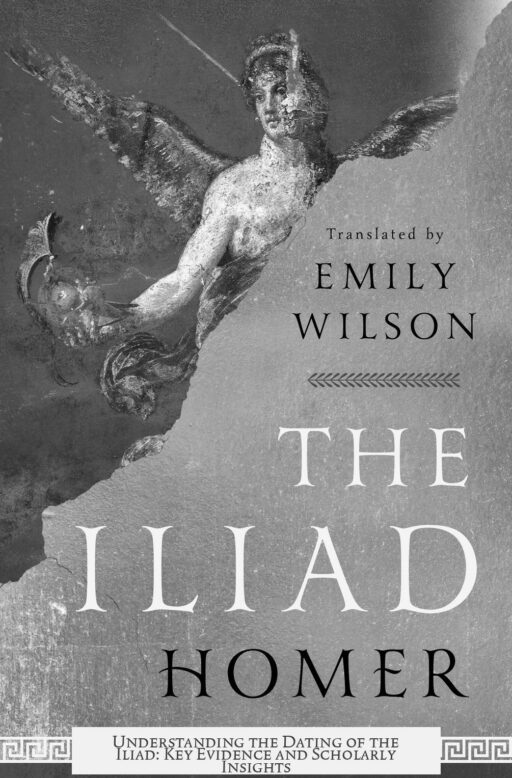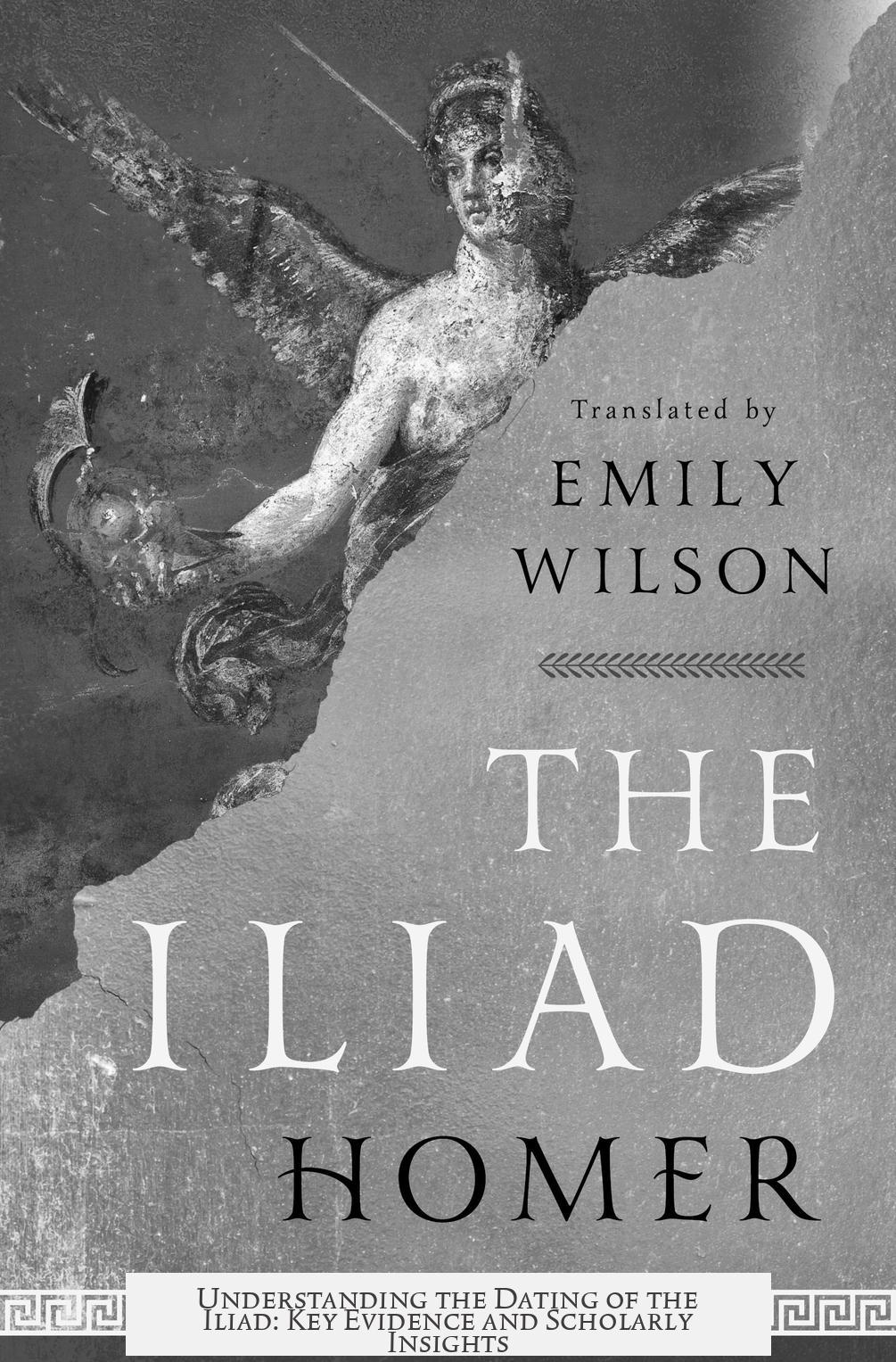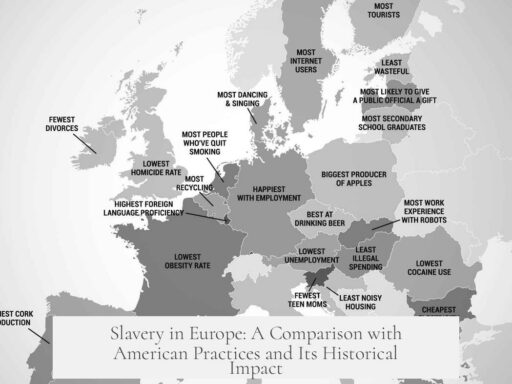We know the Iliad was written around the 8th century BCE based on a combination of linguistic analysis, manuscript evidence, historical context, and its roots in oral tradition. While no original manuscripts survive, scholars agree the epic poem was composed in that period after passing through centuries of oral storytelling. The Iliad’s transmission, stylistic features, and manuscript tradition collectively help approximate its dating.
The Iliad was first preserved in oral form for generations. Ancient Greek poets called rhapsodes recited the poem aloud, keeping it alive long before it was committed to writing. This oral tradition complicates precise dating. Unlike texts like Thucydides’ History of the Peloponnesian War, which can be securely dated because of clear authorship, contextual events, and surviving manuscripts, the Iliad’s origins are more obscure.
Thucydides wrote in Ancient Greek during the 5th century BCE, and historians know the dates of the Peloponnesian War and Thucydides’ life. This allows for reliable dating. The Iliad, by contrast, lacks contemporaneous author proof and original texts. Homer’s very existence is debated; he may be a symbolic figure to whom the poem is attributed rather than an actual person.
The earliest surviving written copies of the Iliad come from around 150 to 200 BCE, discovered in Egyptian deserts. The oldest complete manuscript, known as Venetus A, dates from about 900 AD. It contains editor notes, or scholia, that reveal the poem had multiple versions. Despite this, the core story appears stable by the time these manuscripts were produced. Contrary to the misconception that reliable dating only starts from the 15th century onward, these much earlier copies confirm the Iliad was transmitted in written form far before then.
Because there is no original manuscript, scholars use parallel manuscript traditions and references in other ancient texts to infer the poem’s age. The Iliad was central to ancient Greek culture and frequently mentioned or alluded to by other Greek and Roman writers. This wide cultural footprint also supports its antiquity.
Linguistic analysis offers clues about when the Iliad was composed. The poem is written in Homeric Greek, a mixture of dialects including Ionic, Aetolian, and others. The language style suggests emergence in the early first millennium BCE, consistent with a dating to the 8th century BCE. This combined dialect is called Epic Greek, used in Homeric epics specifically.
Historical context further informs our dating. The Iliad is set during the Trojan War, which Greek tradition places in the late Bronze Age, around the 13th century BCE. Archaeological excavations at Hisarlik, a site linked to ancient Troy, have uncovered a city from that era. However, scholars still debate the historical accuracy of the war and the poem’s direct relation to these events. Some Roman-era and medieval historians treated the Iliad as a historical document, but modern scholars are more cautious.
Comparing the Iliad with biblical texts shows some parallels in how scholars date ancient works without original documents. For instance, the New Testament books are dated approximately using historical context, linguistic style, and manuscript copies, though no exact year is always known. Similarly, the Iliad’s era is narrowed to a range rather than a precise year.
The lack of a single author and the oral tradition means the Iliad likely evolved over time. Changes occurred as poets adapted it in different regions before its final written form. Yet, by the earliest manuscript stage, the poem was probably well established and widely recognized in a form close to what we have today.
Other epic works from the same era survive only as fragments or references, which contrasts with the Iliad’s extensive manuscript and cultural presence. This richness in documentation makes the Iliad’s approximate dating more reliable than many ancient texts.
| Aspect | Evidence or Method | Result/Implication |
|---|---|---|
| Oral Tradition | Centuries of recitation by rhapsodes | Complicates exact dating, but establishes early provenance |
| Manuscripts | Earliest copies from ~150–200 BCE; Venetus A (900 AD) | Shows stable transmission by late antiquity |
| Linguistic Analysis | Homeric Greek dialect, mixture of Ionic and others | Dates composition to around 8th century BCE |
| Historical Context | Trojan War traditions and archaeological sites | Suggests late Bronze Age setting for events |
| Comparative Texts | Similar dating methods as used for biblical and Thucydides’ texts | Supports approximate time frame, despite no exact year |
Key uncertainties remain on authorship, original composition date, and the division between myth and history within the poem. Nevertheless, scholarly consensus pinpoints the Iliad as composed roughly in the 8th century BCE, after an extended period of oral tradition. Written manuscripts from later centuries confirm the poem’s enduring cultural importance and relative textual stability.
- The Iliad likely took written form around the 8th century BCE after passing through oral tradition.
- Original manuscripts do not survive, but copies from 150–200 BCE onwards show ancient transmission.
- Homeric Greek dialect points to early first millennium BCE linguistic origins.
- References in other ancient works and widespread manuscript copies support dating estimates.
- Archaeological and historical evidence contextualizes the poem but does not confirm precise dating.
When is the Iliad believed to have been written?
Scholars generally place the Iliad’s composition in the 8th century BCE. It was likely written down after a long period of oral tradition, roughly between 750 and 700 BCE.
Why can’t we date the Iliad as precisely as some other ancient texts?
The Iliad was passed down orally before being written. Unlike texts with clear authorship and historical context, we lack original manuscripts and exact records, making precise dating difficult.
How do manuscripts help us understand when the Iliad was written?
Many copies of the Iliad exist from various periods, some earlier than the 15th century. Multiple manuscripts and references in other works help confirm the poem’s ancient origins and its transmission stability.
How does the oral tradition affect dating the Iliad?
The poem was likely performed and modified orally for generations before being written down. This means its exact date of original composition is uncertain, but it was probably stable by the time manuscripts appeared.
Are there comparisons with other ancient works that help date the Iliad?
Yes. Comparing the Iliad with works like Thucydides’ histories or biblical texts shows how manuscript evidence and external references help approximate dates even if originals are lost.
Do we have the original manuscript of the Iliad?
No original manuscripts survive. The earliest copies come from centuries later, but their wide distribution and references suggest the text remained fairly unchanged since the 8th century BCE.




